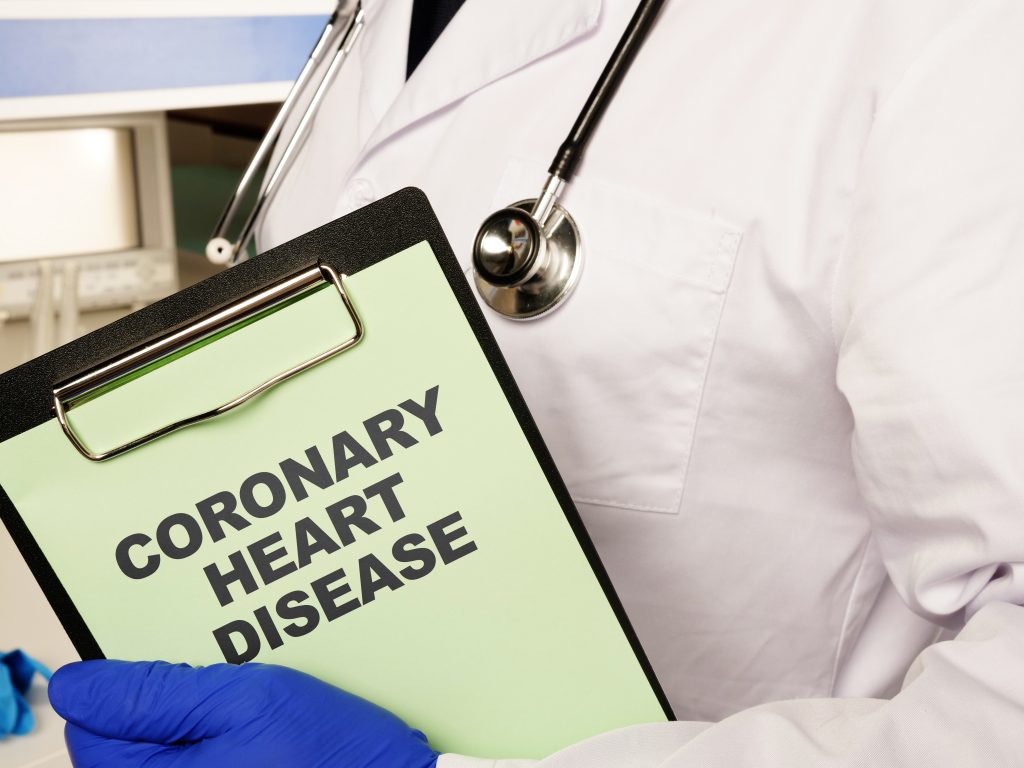Arq. Bras. Cardiol. 2023; 120(10): e20230638
Mindset Shift in Coronary Artery Disease: Reflections Triggered by the Diamond Anniversary of the Bruce Protocol
From classical ECG exercise testing to modern modalities
The ECG exercise test, introduced several decades ago and whose most visible face was evolved to what would become the Bruce protocol, was a paradigm shift in CAD evaluation. It provided a non-invasive means to assess the heart’s response to physical stress, offering valuable insights into aspects like ischemic changes and arrhythmias. , The simplicity of this method, coupled with the provision of data on different components of the cardiovascular response, led to its widespread adoption. However, the evolving landscape of medical technology has introduced alternative methods such as stress echocardiography and nuclear imaging and, more recently, ancillary advanced imaging techniques such as cardiac magnetic resonance imaging and computed tomography angiography (CTA). , , Slowly but steadily these techniques have prevailed in several scenarios, and current guidelines reserve a somewhat secondary role for ECG exercise testing in the diagnosis of CAD. Meanwhile, they highlight its value in a plethora of other clinical contexts, namely in terms of assessment of functional capacity, symptoms, heart rhythm and conduction disturbances, exercise prescription, and sports cardiology. , , ,
[…]
520

